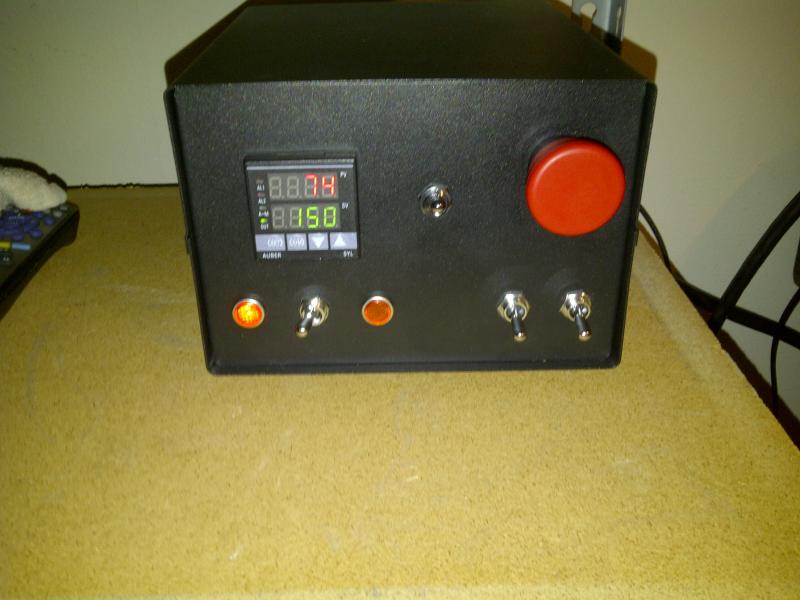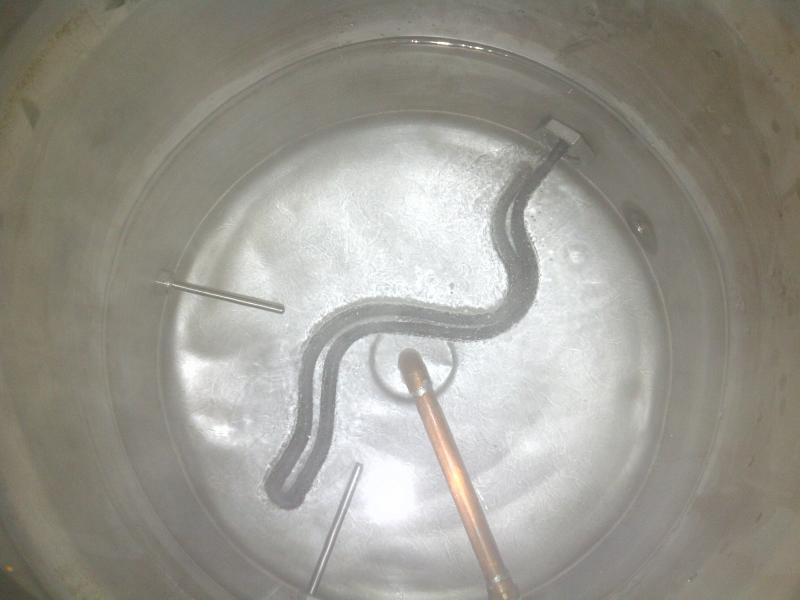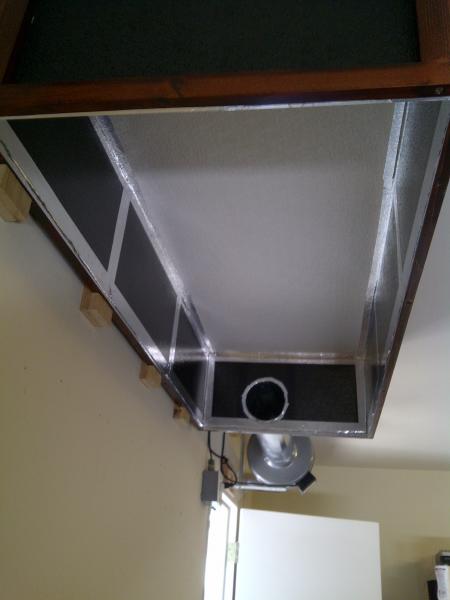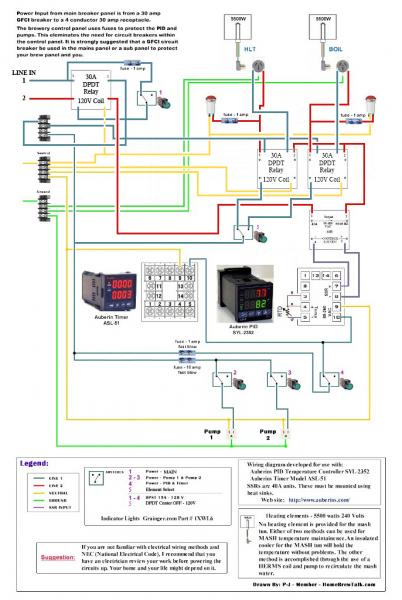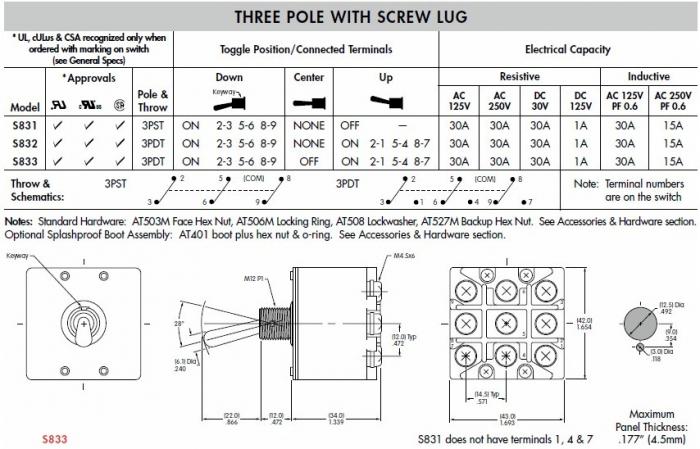Thundercougarfalconbird
Well-Known Member
- Joined
- Dec 16, 2010
- Messages
- 760
- Reaction score
- 25
Click the link and then choose the amp size you want.
http://www.grainger.com/Grainger/fuses/fuses/electrical/ecatalog/N-8d0Z1z0nzys?contextPath=Grainger&xi=xi
Edit: Adding pn for switches 2-4
http://www.automationdirect.com part number GCX3192-120
http://www.automationdirect.com/adc/Search/Search?searchquery=GCX3192-120
I feel like I'm blind, I can find the 1a fast blow fuses but I cant find the regular 1a or the 10a fast blow fuses


 Thanks for putting everything on an nice elementary level for me
Thanks for putting everything on an nice elementary level for me
